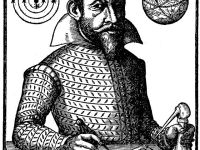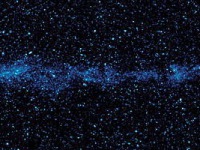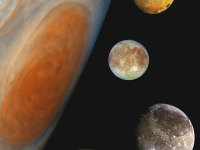Simon Marius and his Astronomical Discoveries
On January 20 (or January 10 according to the old Julian calendar), 1573, German astronomer Simon Marius was born. Marius was pupil of Tycho Brahe, one of the earliest users of the telescope and the first in print to make mention the Andromeda nebula. He studied and named the four largest moons of Jupiter that he claimed to have them discovered independently and even before Galileo. Simon Marius’ Early Years Simon Marius was…
Read more




